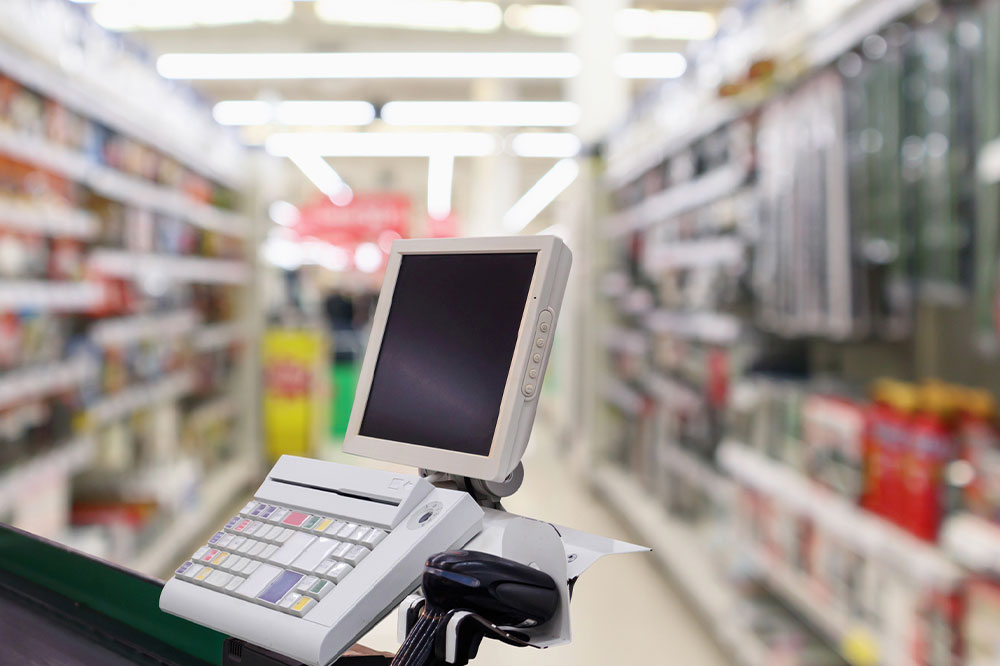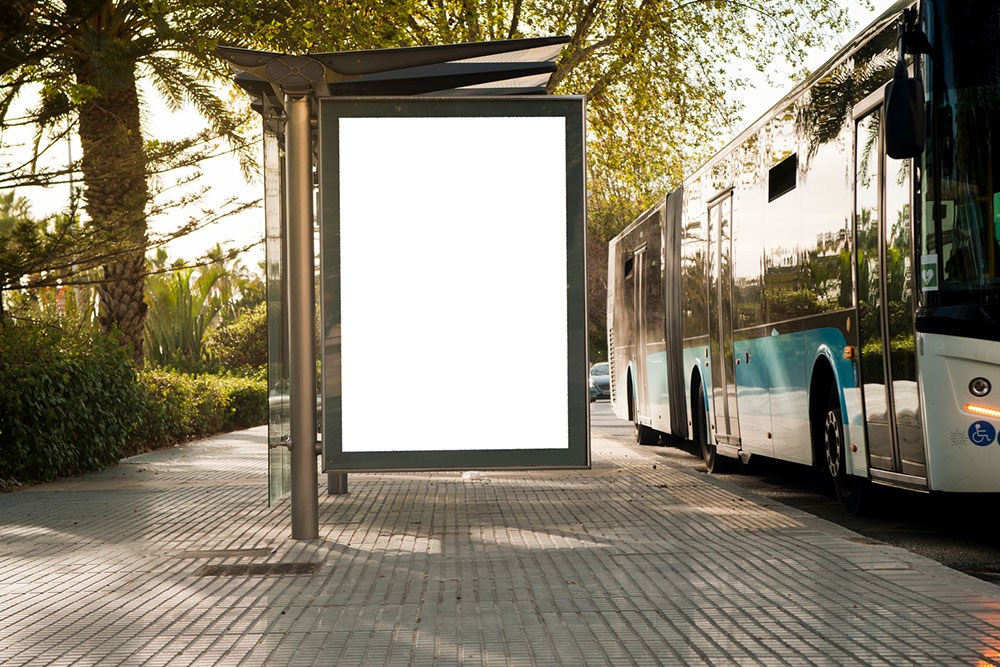
Avoid these 10 mistakes to kickstart your online business seamlessly
Lately, many aspiring entrepreneurs are drawn to the idea of starting their own online business. Setting up a digital business can be challenging and there are several points to consider before venturing into it. Apart from the dos, certain don’ts must be avoided to make the process of setting up online businesses seamless. Here are some mistakes to be avoided to keep your online business afloat and ensure that it succeeds with time. Lack of ample market research Understanding one’s market before launching a business ideal, as knowing that your idea is viable and will help you mint money is essential. Ample research can help better understand one’s prospective customers and formulate tactics to learn how to reach them. Being short of a solid business plan A plan of action is one of the prerequisites to consider before starting an online business, and the absence of it makes a startup a recipe for disaster. Important points such as operational costs, target audience and many other things constitute a business plan. Not having a defined target audience Every business has its own target audience who will benefit most from using its products or services. It is vital to understand and define that group of people and market the business to them for better results.
Read More 










